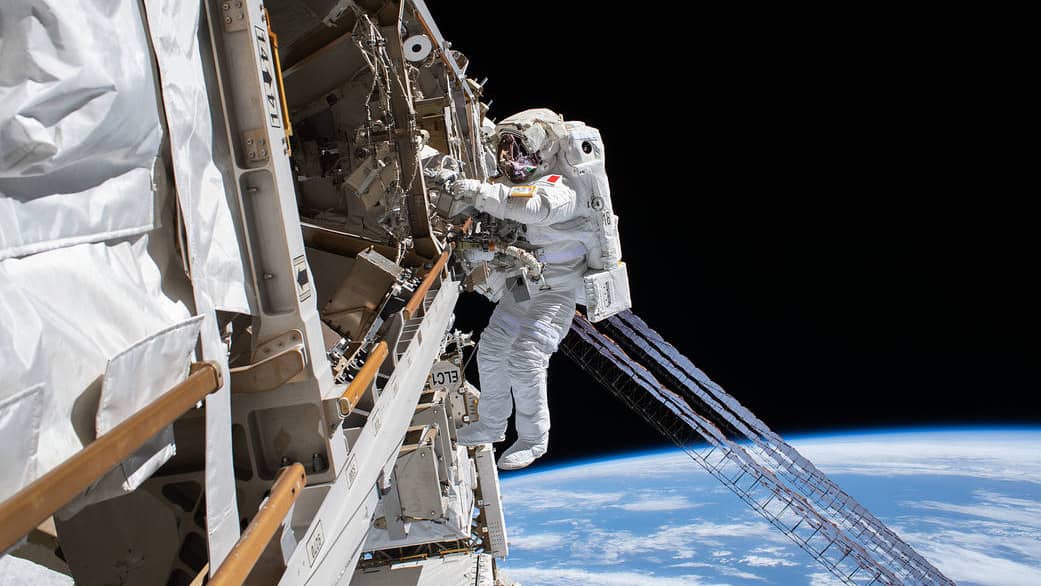The European Space Agency (ESA) recently made history by selecting John McFall – an amputee, Paralympic sprinter and medical scientist – among its latest cohort of astronauts. McFall’s inclusion is part of an ESA parastronaut feasibility project for making human spaceflight accessible to people with physical disabilities. In the latest episode of the Physics World Stories podcast, people involved in this initiative explain why making space more accessible is not only fair but also the very essence of exploration.
The first guest is Mike Miller-Smith, chief executive of Aerobility, a UK-based charity that helps people with any disability to fly planes. Aerobility is being consulted as part of ESA’s feasibility study and the organization will share its experiences in adapting aircraft. “People often say to us: ‘when I’m flying, I’m leaving my disability on the ground’,” Miller-Smith tells podcast host Andrew Glester.
Also in the episode you will hear from Irene Di Giulio, an anatomy and biomechanics researcher at King’s College London, whose research group is also part of ESA’s initiative. Di Giulio says that almost everything we currently know about space biomechanics is based on non-disabled people, often with athlete levels of fitness. She says that small adjustments to equipment can make space far more accessible, and certain disabilities may even bring advantages in microgravity environments.
